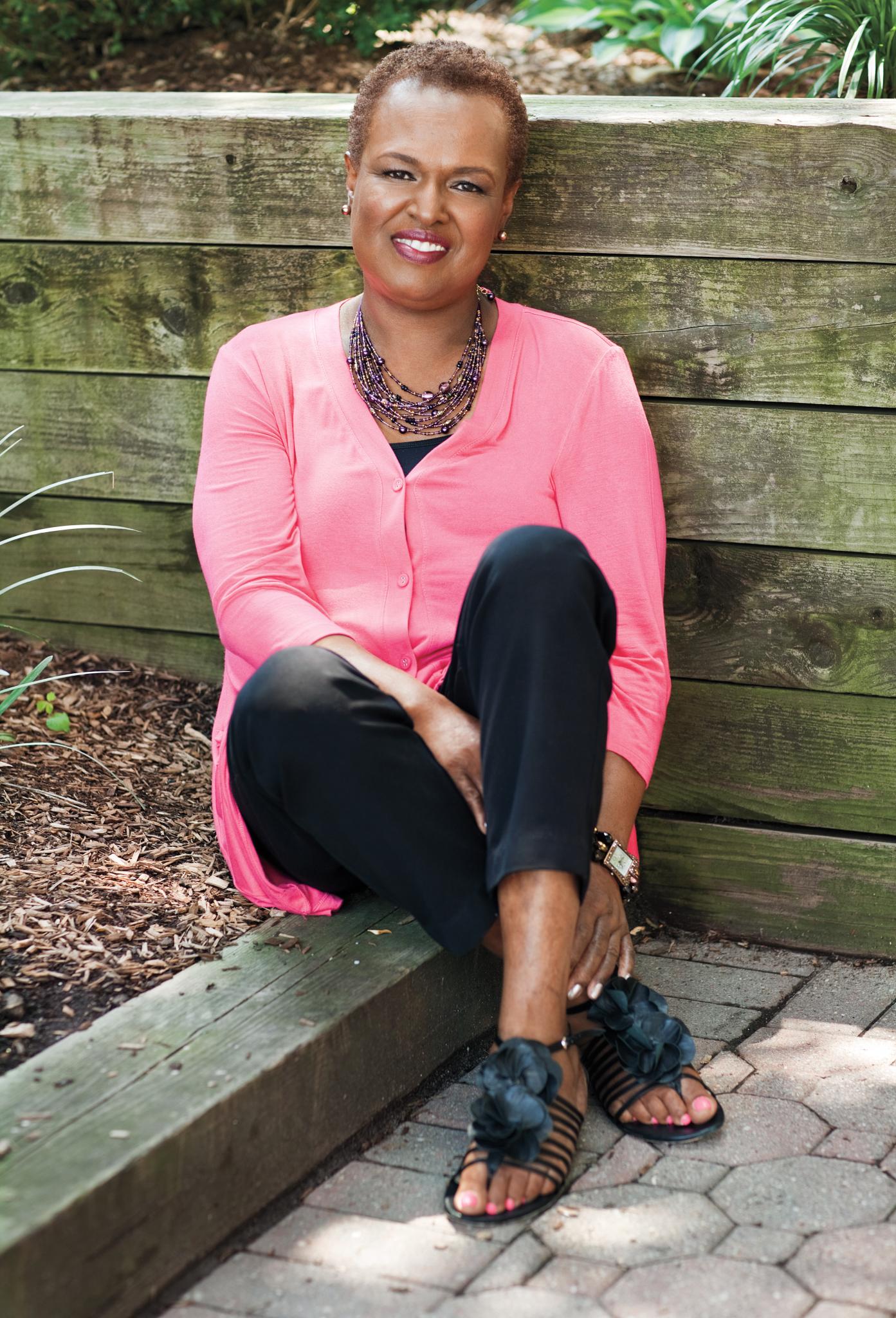
Denise Mack remembers the day she almost lost her fight with the dreaded “C.” Diagnosed with stage II breast cancer in 2003, Mack, a retired finance manager from the Bronx, says the first few treatments of chemotherapy were difficult but tolerable. But over time, the side effects—constant vomiting and bonecrushing fatigue—became more than she could bear.
“It put me in a dark place,” she recalls. “I remember lying in bed one day and I didn’t want to get up, eat or even bathe. I felt awful, I thought to myself, If this is what it’s going to be like, I’d rather go on home with the Lord.” Mack lay in her dark room, sick, despondent and alone.
Then the phone rang. One of her friends was calling to check in. “I said, ‘I don’t want to live anymore,’” Mack admits. “And she said, ‘Oh no you don’t. If I have to drag you myself, you’re going to complete the treatment!’” From then on, Mack’s friends accompanied her to every appointment. But Mack would look around the treatment center and realize with dismay that every other woman (and a few men) there seemed to be alone. Ten years later, Mack, wearing a bold pink blouse with a matching pedicure, dabs her eyes at the memory: “My girlfriends saved my life. If I’d stopped treatment, I wouldn’t be here.” She vowed to pay the kindness forward by supporting other patients facing the disease alone.
Today, Mack is part of Bronx Oncology Living Daily (BOLD), a program at Montefiore Medical Center in the Bronx. She and 45 other trained volunteers, half of whom are cancer survivors, are BOLD Buddies—companions and guides to patients as they navigate through treatment. Researchers say this kind of support may be the key to saving scores of Black women who die unnecessarily from breast cancer annually.
Increasing Disparities
In March, the Avon Foundation for Women released the 2014 Racial Disparity in Breast Cancer Mortality Study, which compared the breast cancer death rates of White and Black women. The results were alarming: Although the mortality rate for White women has fallen dramatically in 20 years, the death rate for Black women has remained the same—meaning the racial disparity in breast cancer survival rates is increasing.
If the mortality rate were equal, 1,710 fewer Black women would die from breast cancer each year, says Marc Hurlbert, executive director of the Avon Foundation Breast Cancer Crusade and coauthor of the study.
Hurlbert says our increased death rates are, in part, because we don’t get treatment soon enough. This is especially true for low-income Black women. “There can be a doctor shortage or long waits for surgery in public hospitals,” he says. But unequal access to care is only partly to blame. For some Black women doctors have noticed that personal issues—anything from not having child care to having to work—can stand in the way of treatment. At Montefiore, doctors, social workers and volunteers look for interventions.
Missing the Window
Before she took her post as director of breast service at the Montefiore Einstein Center for Cancer Care, Leslie Montgomery, M.D., spent more than a decade as a breast surgeon at Memorial Sloan Kettering, a private cancer center on Manhattan’s Upper East Side. When she arrived at Montefiore in 2010, she was struck by how many patients weren’t adhering to their treatment plans. They were missing tests, chemo appointments—even surgery.







“And I’d hear explanations that never crossed my mind for why you would stop your cancer treatment,” Montgomery recalls. “Women would tell me, ‘I can’t afford the bus fare’ or ‘I can’t take any more time off work’ or ‘I don’t have money to pay a babysitter.’”
For many patients in underserved communities, especially those caring for children or parents, “these issues take priority over their breast cancer,” says Montgomery. “It’s heartbreaking, especially because there is an optimal window of time postsurgery when chemo is most effective.” Miss that window and the chance of survival diminishes.
This article was originally published in the October issue of ESSENCE magazine, on newsstands now.






